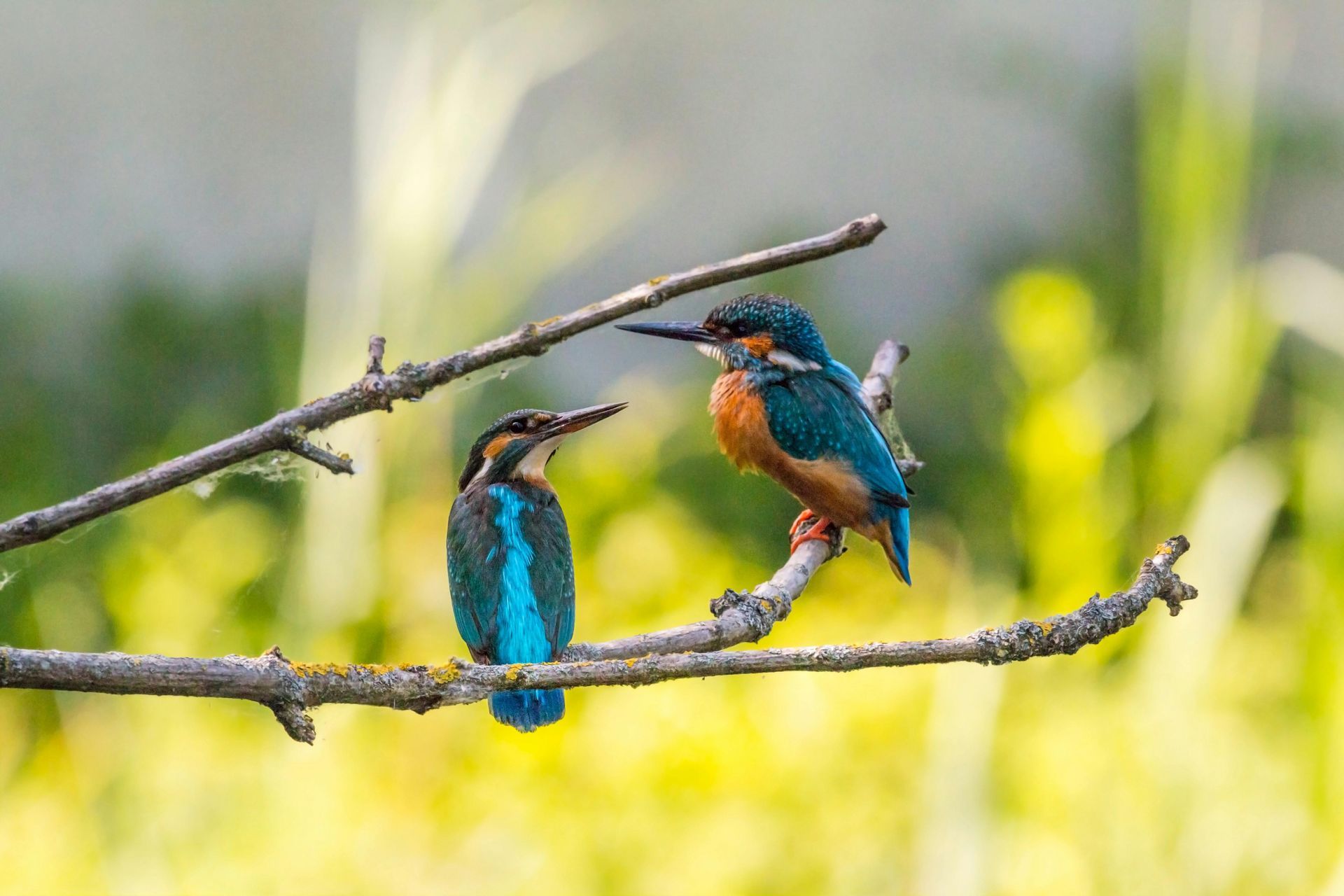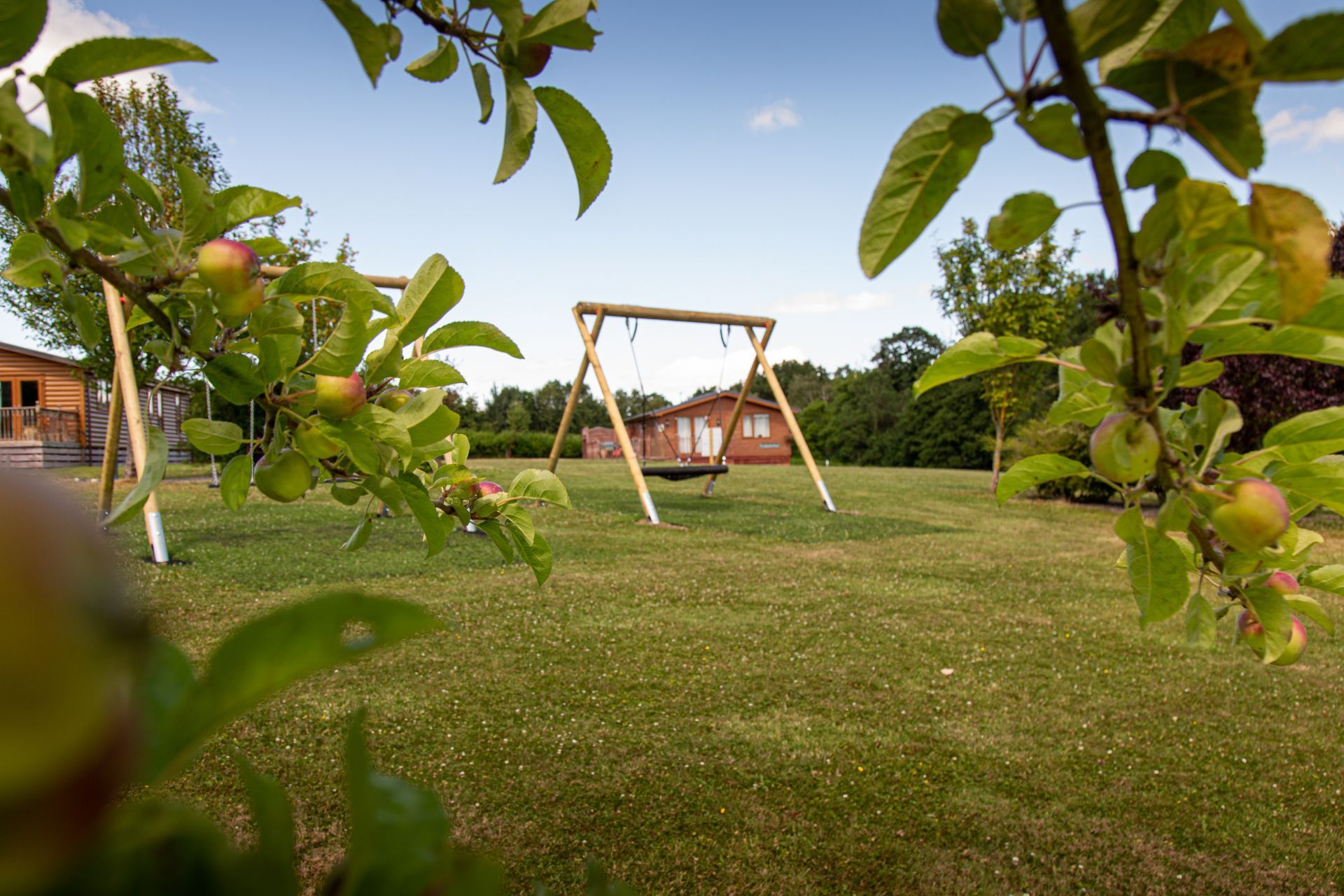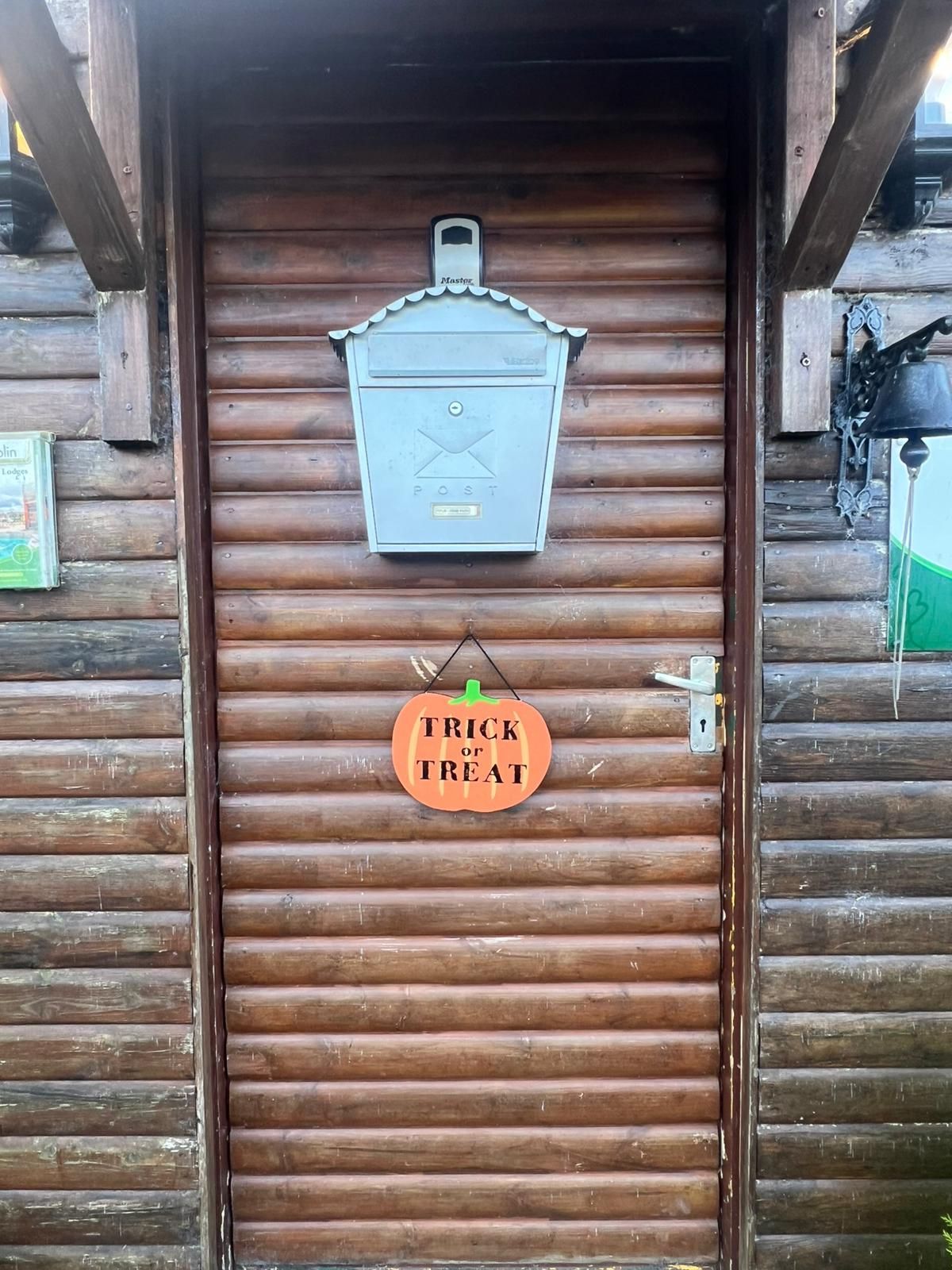Spring Wildlife Spotting in the Yorkshire Dales

Spring brings Yorkshire's countryside to life with vibrant colours and bustling wildlife.
After winter's quiet, our local landscape transforms into a haven for nature enthusiasts.
Here's your guide to the fascinating wildlife you can spot during your spring stay at Kiplin Lodge Park.
Birds of the Dales
The Heralds of Spring
Nothing announces spring's arrival quite like the distinctive calls of returning waders. Listen for:
- Curlews - Their bubbling, trilling call is the quintessential sound of Yorkshire spring. These large wading birds with distinctive long, curved bills return to the Dales in March and April.
- Lapwings - Watch for their tumbling courtship display flights and listen for their distinctive "peewit" call in fields across the National Park.
- Skylarks - Hovering high above open grasslands, their continuous melodic song can last for several minutes as they mark their territory.
Where to spot them: The meadows around Kiplin Lodge Park offer excellent opportunities, particularly early morning or at dusk when birds are most active.
Riverside Specialists
Our local waterways come alive with specialist birds in spring:
- Kingfishers - These electric-blue and orange birds can be spotted streaking along rivers and streams. Look for them perched on branches overhanging water.
- Dippers - These charming birds can be seen bobbing on rocks before diving underwater to feed. They're the only British songbirds that can swim underwater!
- Grey Wagtails - With their distinctive yellow underparts and constant tail-wagging, these elegant birds are often seen along the edges of streams and rivers.
Where to spot them: The River Swale offers excellent opportunities, particularly at quieter stretches where you can sit patiently and watch.
Woodland Songsters
As trees burst into leaf, our woodlands fill with song:
- Chiffchaffs - Often one of the first migrant birds to arrive, listen for their distinctive "chiff-chaff" call that gives them their name.
- Warblers - Various species arrive in spring, filling woodlands with complex songs. Look out for willow warblers and blackcaps.
- Treecreepers - These small, brown birds with curved bills can be seen spiralling up tree trunks searching for insects.
Best time: Early morning offers the richest dawn chorus experience, particularly in May.
Mammals
Red Squirrel Magic
Yorkshire hides one of Britain's most treasured wildlife sights – our native red squirrels.
These charming creatures are rarer than their grey cousins but thrive in special protected areas like the Widdale Red Squirrel Reserve at Snaizeholme.
The Snaizeholme viewpoint offers excellent chances to see red squirrels visiting feeders in a woodland clearing. You might also spot roe deer and woodland birds like siskin, lesser redpoll and perhaps even common crossbills.
Getting there: The Little White Bus runs from the Dales Countryside Museum to the start of the Red Squirrel trail (book in advance). From the drop-off point, enjoy a 2.5-mile circular walk to the squirrel viewpoint. The bus journey takes about 15 minutes.
The landowner also offers two bookable car parking spaces for a small fee, arranged through Hawes National Park Visitor Centre.
Wear sturdy footwear – the trail includes rough ground, steps and steep sections.
Ask our reception team for directions and booking information – it's about 40 minutes' drive from Kiplin Lodge Park.
Roe Deer
These elegant deer become more visible in spring as they emerge to feed in the early mornings and evenings.
Where to spot them: The woodland edges around Kiplin Lodge Park are perfect for quiet observation, particularly at dawn and dusk.
Butterflies and Insects
Spring sees the emergence of:
- Orange-tip butterflies - Males have distinctive orange-tipped wings and can be seen fluttering along hedgerows and meadows.
- Bumblebees - Queens emerge from hibernation and can be heard buzzing around early spring flowers.
- Northern Brown Argus butterflies - These special butterflies can be spotted in wildflower meadows from late spring.
Spring Flowers
While not wildlife in the traditional sense, spring flowers create the habitat that supports our local fauna:
- Lesser Celandine - Look for these star-shaped yellow flowers along field banks and woodland edges from March.
- Primroses - These pale yellow flowers carpet woodland floors in early spring.
- Bluebells - By May, many local woodlands are transformed with carpets of these iconic flowers.
Wildlife Watching Tips
- Dawn and dusk offer the best wildlife viewing opportunities
- Move slowly and quietly to avoid disturbing shy creatures
- Bring binoculars to observe wildlife without getting too close
- Dress in neutral colours to blend into your surroundings
- Be patient - sometimes the best sightings come after waiting quietly
Guided Wildlife Experiences
Ask at reception about local wildlife walks that can enhance your chances of spotting some of Yorkshire's most special creatures. Our team can recommend the best locations.
Which of these wonderful spring creatures will you spot during your stay at Kiplin Lodge Park?



